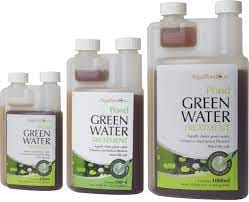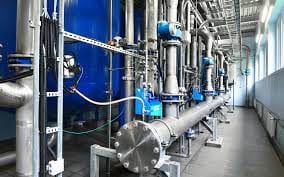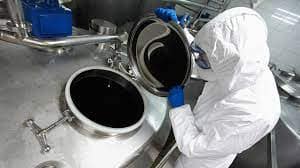Best Green Water Treatment
Buy on whatsappDescription
Introduction
In today’s environmentally conscious world, finding sustainable and eco-friendly solutions for various processes is essential. Water treatment is no exception. Traditional water treatment methods often involve the use of harsh chemicals that can harm the environment and human health. In this article, we will explore the best green water treatment options that prioritize sustainability and offer natural alternatives to conventional approaches.
1. Understanding Green Water Treatment
Green water treatment refers to the use of eco-friendly and sustainable practices to purify and treat water. These methods aim to minimize the negative impact on the environment while ensuring the water is safe for consumption or other applications. By utilizing natural remedies and sustainable technologies, green water treatment offers a healthier and more sustainable approach to water purification.
2. Benefits of Green Water Treatment
Implementing green water treatment methods provides several benefits:
- Environmental Friendliness: Green water treatment minimizes the release of harmful chemicals into the environment, preserving ecosystems and aquatic life.
- Sustainability: By relying on natural resources and sustainable practices, green water treatment reduces the depletion of finite resources and supports long-term water management.
- Healthier Water Quality: Natural treatment methods can often enhance water quality by reducing the presence of contaminants and pollutants.
3. Top Green Water Treatment Methods
3.1 Natural Filtration Systems
Natural filtration systems utilize various natural materials to remove impurities from water. Examples include:
- Sand Filters: These filters use layers of sand and gravel to trap sediments, bacteria, and larger particles, providing clean water through physical filtration.
- Activated Carbon Filters: Activated carbon effectively absorbs and removes organic compounds, chlorine, and certain chemicals, improving taste and odor.
3.2 Rainwater Harvesting
Rainwater harvesting involves collecting and storing rainwater for later use. This method reduces the demand for treated water and is particularly useful for non-potable applications such as irrigation and toilet flushing.
3.3 Constructed Wetlands
Constructed wetlands mimic natural wetland ecosystems and use vegetation, soils, and microbial processes to treat wastewater. These wetlands are highly efficient in removing pollutants, promoting biological degradation, and enhancing water quality.
3.4 UV Disinfection
Ultraviolet (UV) disinfection employs UV light to kill bacteria, viruses, and other microorganisms present in water. This method is chemical-free and highly effective, making it an excellent alternative to traditional disinfection methods.
4. Conclusion
Green water treatment offers a sustainable and environmentally friendly approach to water purification. By adopting natural alternatives and sustainable practices, we can protect the environment, conserve resources, and ensure access to clean and safe water. Explore the various green water treatment methods mentioned in this article and make a positive impact on the health of our planet.
Remember to consult with water treatment professionals or experts before implementing any specific method to ensure it aligns with your specific needs and local regulations.





